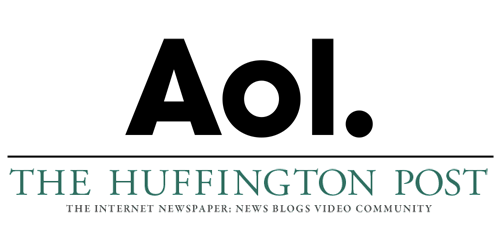
On Feb. 7 AOL announced that it was going to buy The Huffington Post for $315 million.
The purchase of the news, analysis and lifestyle site is just one of many purchases that AOL has made recently. Many believe these purchases are an attempt on AOL’s part to revitalize their old brand.
Snatched up sites include Engadget, TechCrunch, Patch and others. These will be integrated into AOL Content, which the corporation is hoping to build into a new online hub.
Perhaps, analysts suggest, AOL is hoping to build on The Huffington Post audience.
The Huffington Post — or HuffPo, as its readers call it — gets nearly 25 million unique visitors a month according to their post on the merger, and has become one of the most prominent online communities.
According to the now AOL owned TechCrunch, Yahoo! also wanted to purchase The Huffington Post.
Analysts and commentators have questioned whether AOL, which has a more moderate and conservative readership, is the right fit. But Ariana Huffington, the site’s co-founder and editor, said that the site will remain the same.
“Our readers will still be able to come to the Huffington Post at the same URL and find all the same content they’ve grown to love, plus a lot more — more local, more tech, more entertainment, more finance, and lots more video,” Huffington said in a statement.
However, news outlets and bloggers are more skeptical. Old and new media mergers have been tried before with varying success. Bebo and MySpace, for example, faded away after buyouts from AOL and NewsCorp.
“It will all come down to the execution: If they’re able to create content people want to read, if they keep on making good stuff, growing the audience, and if it makes money from advertising,” digital media commentator Kara Swisher, of All Things Digital, told Bryony Jones at CNN.
“AOL is trying to revive itself — we shouldn’t assume it’s not going to succeed just because there have been issues before.”







